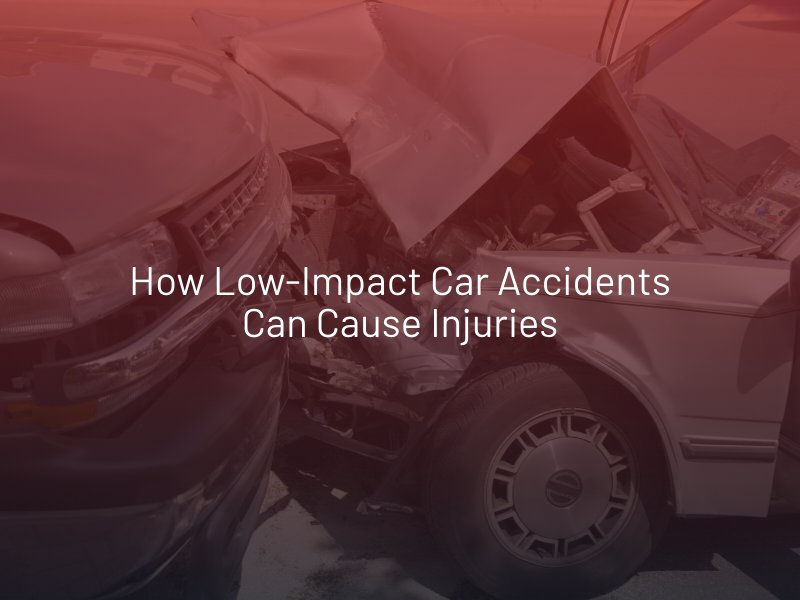Can Low-Impact Car Accidents Cause Injuries?
Despite the lack of significant vehicle damage, low-impact car accidents can indeed cause injuries. The forces involved in a collision, even at low speeds, can still be substantial enough to affect the human body, especially when factors such as the angle of impact and seat belt positioning come into play.
Common Injuries in Low-Impact Car Accidents
Low-impact car accidents can cause a variety of injuries that may not be immediately obvious. Some of the most common include:
Whiplash
One of the most frequently reported injuries is whiplash. It occurs when the head is suddenly jerked forward and backward. This motion can strain the muscles, ligaments, and tendons in the neck, leading to pain, stiffness, and reduced mobility. Whiplash symptoms may take hours or days to appear after the accident.
Soft Tissue Injuries
The sudden forces involved can stretch or tear the soft tissues in the neck, shoulders, and back. These injuries can cause chronic pain and require physical therapy or other treatments to heal.
Back Injuries
Damage to the spine, including herniated discs, can result in severe pain and discomfort. Even minor misalignments can lead to long-term issues if not treated promptly.
Concussions
A blow to the head or the violent shaking of the brain inside the skull during a low-impact accident can cause a concussion. Symptoms like headaches, dizziness, nausea, and confusion may not show up right away, making it essential to monitor your health in the days following the crash.
How Low-Impact Car Accidents Can Cause Injuries

Low-impact car accidents can still lead to significant injuries due to the forces exerted on the body during a collision. The sudden stop or jolt can cause the body to whip forward and back, straining muscles, tendons, and ligaments, particularly in the neck and back. This is commonly seen in cases of whiplash, where the rapid movement of the head puts stress on the cervical spine. In fact, studies have shown that in low-speed collisions, the head can accelerate at a rate at least 2.5 times faster than the vehicle itself, even in situations where there is minimal or no visible damage.
What To Do After a Low-Impact Accident
Even a low-impact car accident requires careful steps to protect your health and legal rights:
- Check for Injuries: Assess yourself and others for injuries, even if they seem minor, as some symptoms may not appear right away.
- Move to Safety: If possible, move your vehicle to a safe spot away from traffic.
- Call the Police: File a police report, as it’s an important document for insurance and legal purposes.
- Exchange Information: Collect contact, insurance, and vehicle details from the other driver.
- Document the Scene: Take photos or videos of the accident, vehicle damage, and road conditions for evidence.
- Seek Medical Attention: See a doctor, even if you feel fine, to identify any delayed injuries.
- Notify Your Insurance Company: Report the accident with accurate details.
If injuries arise later or insurance disputes occur, a Las Vegas car accident attorney can help you secure fair compensation.


